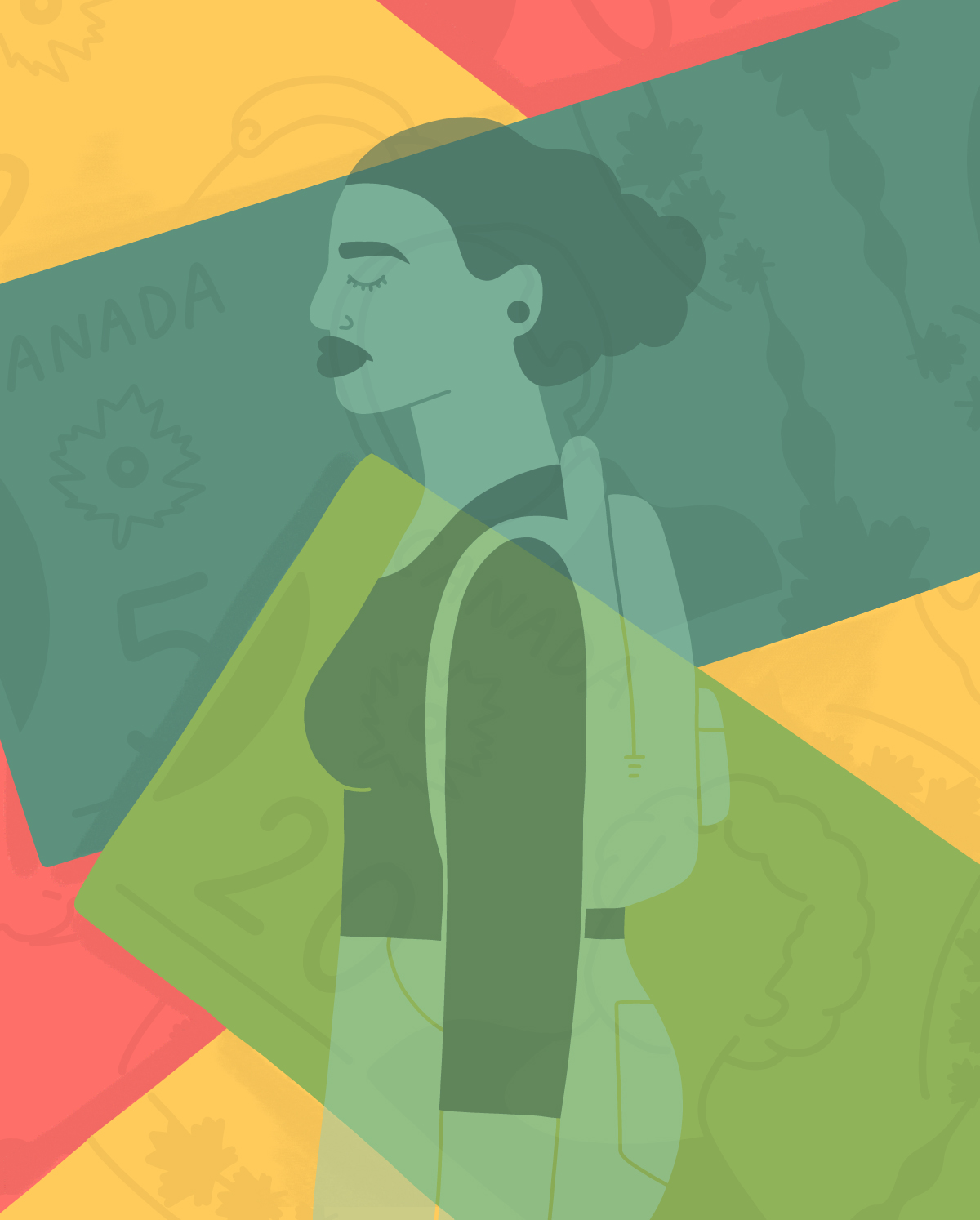Navigating High School
/by Tiana Reid
In grade 10, I transferred from a small French-language public school to Oakwood Collegiate Institute on St. Clair West. In the papers, Oakwood was described as “multicultural;” to me, it was where my dad and uncle passed through after moving to Canada from Jamaica during their adolescence.
My old school was comprised of students whose parents were from Quebec and the Francophonie at large, especially African countries colonized by France. There, I learned that Toronto’s construction of “diversity” was (to borrow from theorist Raymond Williams’ definitions of community) positive and warmly persuasive. At Oakwood, Mean Girls’ Janis Ian could have doodled a complex geographical map while siting in the back of sex-ed class. There were “black doors,” on the north side, closer to little Jamaica; “gino doors,” closer to Corso Italia; and “white doors,” adjacent to the small neighbourhood known as Regal Heights with big, turn-of-the-century homes.
The doors weren’t necessarily enforced zones, but rather names that we used to refer to areas where most people of certain colours hung out. No one really went to the cafeteria (I went only once at actual lunch time during my three years there), so hanging out around the doors were how we mapped out our social relationships. The doors weren’t severe roadblocks that obstructed physical movement—they were more of a psychic understanding than anything else.
I was a callow teenager who imagined subjugation in Tupac lyrics but didn’t recognize it in the level of the intimate, of what was mine and what I knew. That is to say, this was all happening while my first boyfriend, a black boy a few years older than me, was in jail. I was therefore unprepared to intellectually deal with my surroundings. I was thrown into a social space and like everything I did at that age, it was shaky. The doors were there to navigate, not to understand. But I loved Oakwood, however tumultuous. It felt like a “real school,” like one that I had seen in the movies, and one that offered possibilities of belonging—though I know now that high school never is about belonging.
In April 2011, when I was studying at McGill University, I read an imaginative essay by Zadie Smith, “Speaking in Tongues,” which tore apart the messiness of cultural translation and race as it exists in “real life.” “It’s amazing,” Smith wrote, “how many of our cross-cultural and cross-class encounters are limited not by hate or pride or shame, but by another equally insidious, less-discussed, emotion: embarrassment.” I used that quote in The McGill Daily, in the last of my Culture columns, the place that I had started, as seriously as I ever could, to write about racism and about black people and to deal with the afterlives of my words. “Despite my own self-consciousness,” I wrote, “the huffiness of race-related discussions is worth exploring.”
Just as I was grappling with these ideas, debate was swirling around Oakwood. My former high school was proposed as Toronto’s first black-focused high school, after a successful run of the TDSB’s Africentric Alternative School for elementary students. This was the next step. I could see the history books being written: “This was progress.”
Pundits who had never been to Oakwood shared their strong opinions: most mainstream columnists seemed to think that a black-focused school would ruin a supposedly multicultural idyll. The Globe’s Marcus Gee wrote that in my beloved Oakwood, current students felt that “Theirs is a mixed, diverse school where kids from dozens of backgrounds learn and hang out together – a thriving little microcosm of Toronto diversity. Why, they asked, would the TDSB want to mess with that by drawing lines between races?” It was only in one piece in the National Post that I saw a glimmer of the Oakwood I had experienced: “At Oakwood, black students enter through a certain door and hang out in certain groups…” it admitted. “People in Toronto are increasingly living segregated lives. We already have residential segregation,” a professor at the Ontario Institute for Studies in Education was quoted as saying.
I didn't back the idea with my whole heart. I understood it as a test, perhaps even a possible failure, but something. Just something. I felt alienated from the folks I watched via livestream in the town hall, who so vehemently rejected a black-focused school-within-a-school initiative that. In the end, the program never made its way to Oakwood. I wasn’t surprised.
The city’s stats have accreted new layers, but they still tell the stories that settle in the bottoms of school pools. In the last year, new-old information has emerged regarding the state of things in the GTA: the most dangerous place to be a kid in Toronto is also a place to be black, while “Blacks and aboriginal people are overrepresented in Ontario’s youth and adult jails.” There’s a backlash, apparently, to zero-tolerance discipline agendas, which means high suspension rates for black and aboriginal students.
I turn to these hard-fact articles as a way to open and frame my wavering thoughts on the way black-focused schools in Toronto have gained fluency in the last few years. High school programs are rolling out in other spaces in the city: Winston Churchill Collegiate was the first black-focused high school to open last year and this September, it’s Downsview Secondary School for students in grade nine. My orientation isn’t focused on the practical but rather on memory and imagination, on a desire that things could be otherwise.









